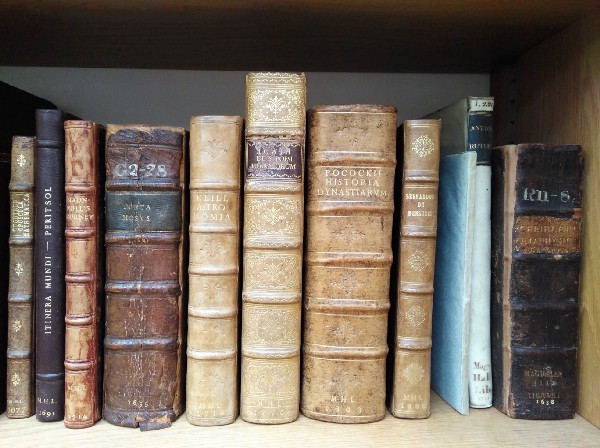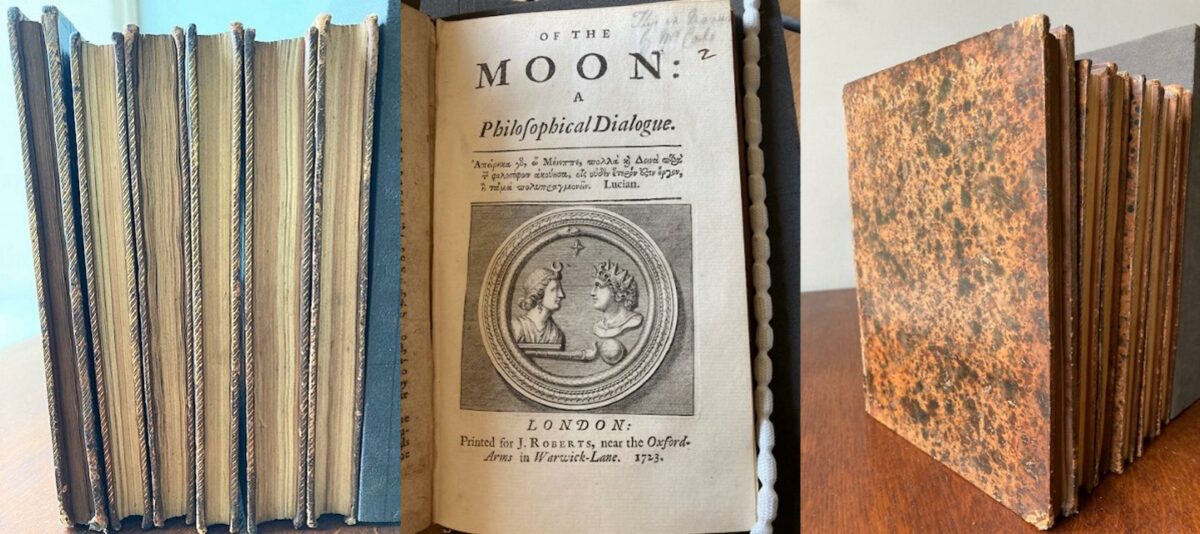Hertford Library’s special collections house books gifted in previous centuries to the college’s predecessors Hart Hall and Magdalen Hall.
Categories
Treasured donations


Hertford Library’s special collections house books gifted in previous centuries to the college’s predecessors Hart Hall and Magdalen Hall.

By Sophie Floate, Rare Books Cataloguer

By Sophie Floate, Rare Books Cataloguer